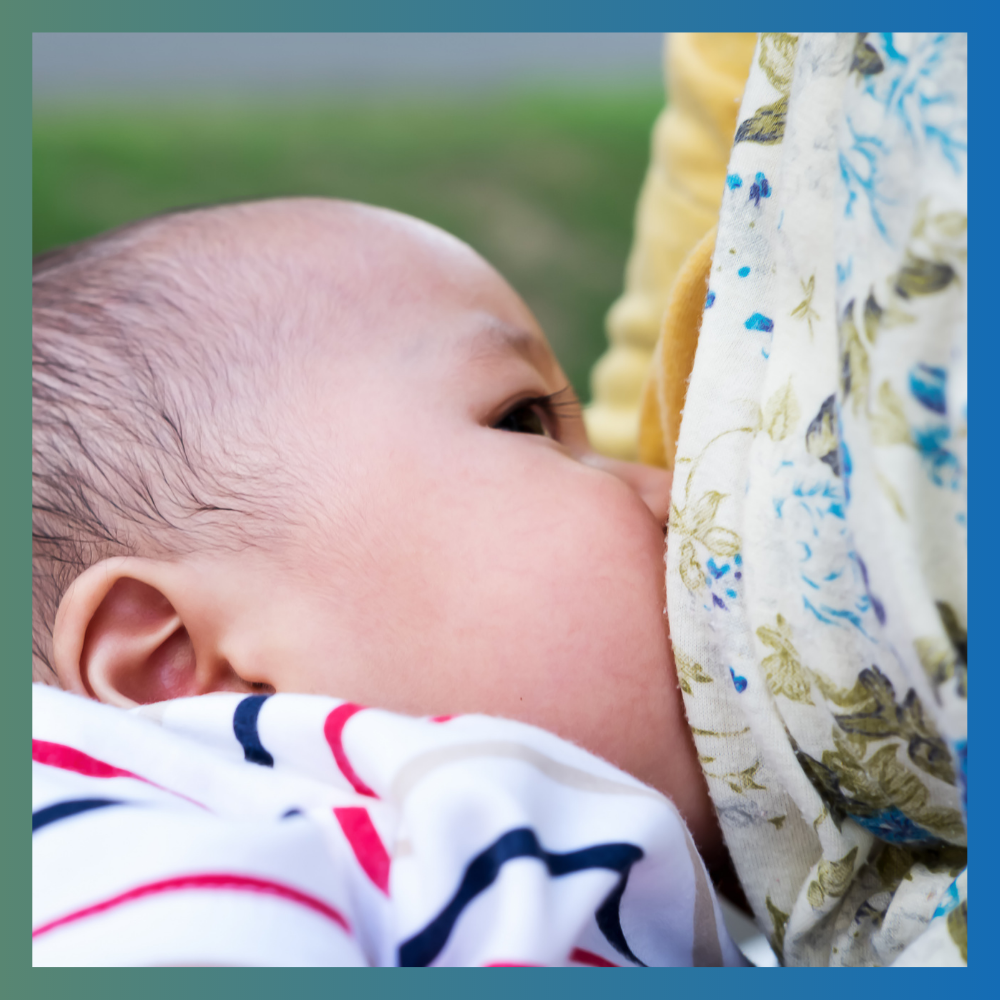The Effect of Oketani Breast Massage on Successful Breastfeeding, Mothers’ Need for Breastfeeding Support, and Breastfeeding Self-Efficacy: an Experimental Study
Abstract
Background: The negative effects of cesarean section on breastfeeding are a major global concern.
Purpose: This study aimed to determine the effect of Oketani breast massage on the maternal need for support during breastfeeding, breastfeeding success, and breastfeeding self-efficacy.
Setting: Three hospitals affiliated to Shahid Beheshti University of Medical Sciences in Tehran, Iran, from April to July 2019.
Study Design: The participants in this experimental study were 113 pregnant women who were candidates for cesarean section. The mothers were selected using convenience sampling and randomly assigned. In addition to routine care, the mothers in the intervention group received Oketani breast massages twice. However, the mothers in the control group received routine care. The data were collected using the Infant Breastfeeding Assessment Tool (IBFAT), LATCH Assessment Score, and the Breastfeeding Self-Efficacy Scale (BSES). The data were analyzed with SPSS 20 software via the independent samples t test, the Mann–Whitney U test, and the chi-square test.
Results: The results of the study suggested that the breastfeeding success rate, which was evaluated with IBFAT in both the first two breastfeeding stages and the last pre-discharge breastfeeding, was significantly higher for the mothers in the intervention group (p < .001). In addition, the mother’s need for support, which was evaluated with LATCH in the first two breastfeeding stages (p = .044) and the last pre-discharge breastfeeding (p < .001) in the intervention group, was less. The total number of breastfeeding sessions from birth to discharge was higher in the intervention group (p = .002). Furthermore, the mothers in the intervention group breastfed their infants in a significantly shorter time interval (p = .002). Breastfeeding self-efficacy, according to the BSES, was significantly higher in the mothers of the intervention group (p < .001).
Conclusion: Oketani massage can be used as a care intervention by nurses to improve breastfeeding in mothers who undergo cesarean sections.
Downloads the last 12 months

License
Copyright (c) 2021 Authors

This work is licensed under a Creative Commons Attribution-NonCommercial-NoDerivatives 3.0 Unported License.





.png)





